If you want to know about the types of concrete and its uses or types of foundation or types of footing, please click the link.
DPC (Damp Proof Course) and waterproofing are two important concepts in building construction that play a crucial role in protecting a building from moisture damage.
1) D.P.C. (Damp proof course)
DPC stands for Damp Proof Course, which is a barrier installed in the walls of a building to prevent the upward movement of moisture from the ground. It is typically made of a waterproof material, such as plastic or bitumen, and is installed at the level where the foundation meets the main walls of the building.
- A damp proof course (DPC) is a physical barrier inserted into the fabric of a building to stop water passing from one place to another.
- It is of two types: Horizontal, Vertical
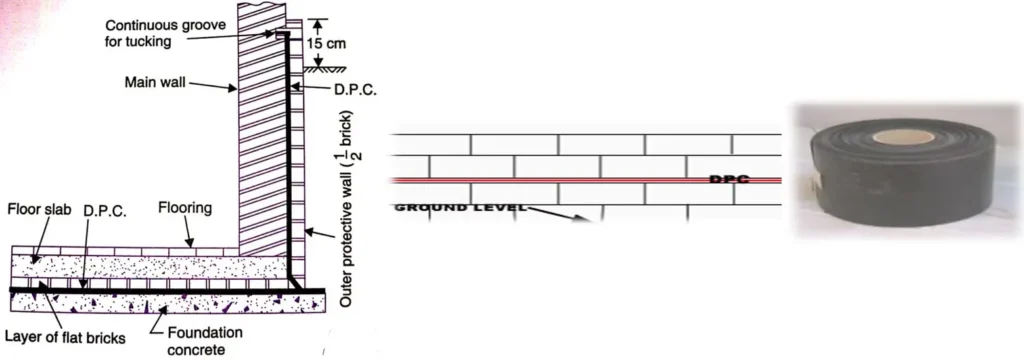
2) Function of DPC
- Keeping moisture from entering through the foundations
- Blocking moisture passage at exterior walls

- A horizontal DPC is usually placed 6 inches above ground level and used in conjunction with a damp proof membrane which stops water rising to any part of the ground floor from the ground.

- In many older properties a non porous stone allow water to be soaked up through it. It is not practical in most cases, to remove a course of stone to place a plastic, lead or slate DPC in the wall they require the injection of chemicals into the walls

3) Application
- Moisture in wet ground is very likely to soak up into the walls from the foundation, thus causing the building to be very unhealthy and producing rot in the woodwork.
- To prevent the moisture from rising through the foundation walls, a horizontal damp-proof course should be placed in all walls .
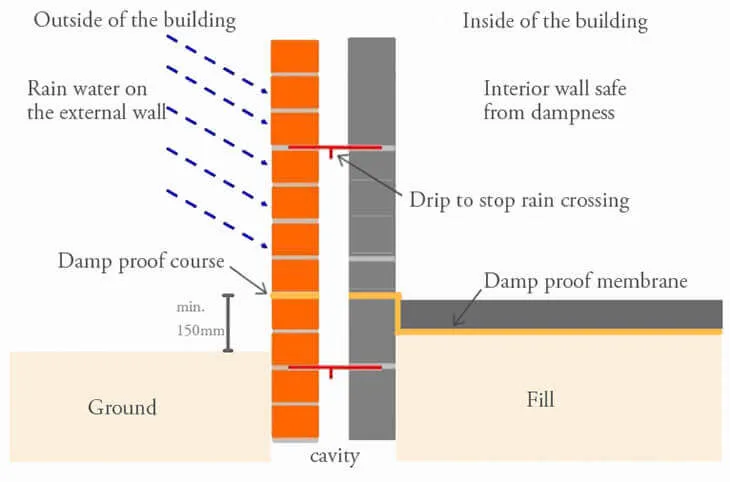

- In many cases, when buildings are finished with parapet walls, it is customary to put in a damp-proof course just above the flashing of the roof or gutter, in order that the dampness produced by driving rains may not soak down into the woodwork of the roof, and from there to the walls below.


4) Materials
- Acrylic Modified Cement
- Bituminous
- Asphalt
- Coal tar pitch
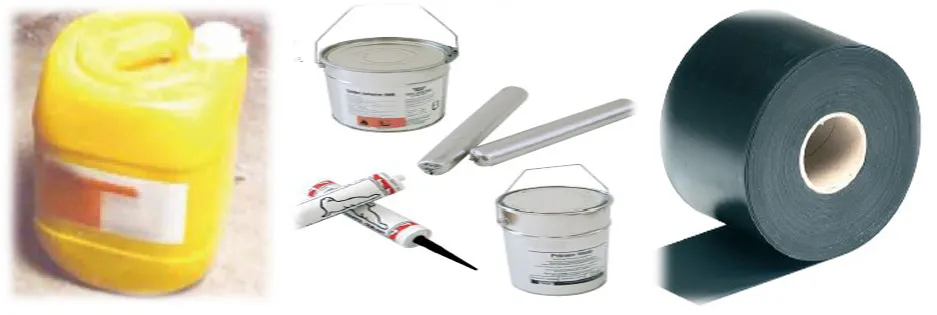
5) Protecting damp proofing
- Thin sandwich of asphalt saturated felts, polythene film and modified asphalt with mineral filler. Metal oxide water Proofing receives a mortar or concrete protective course.
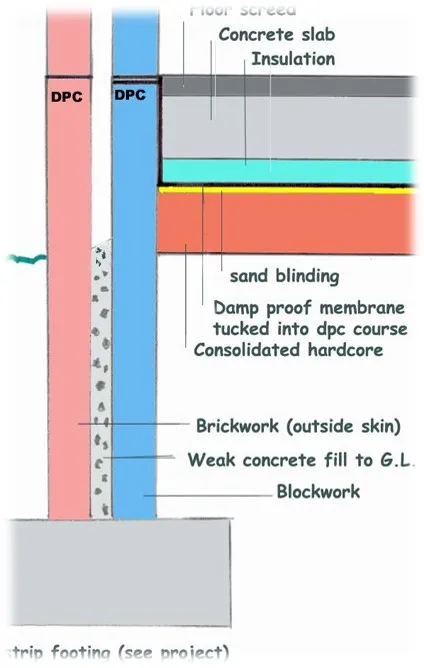
7) Surface preparation
- Should be smooth, hard, dry.
- Free of bond breaking substances.
- Oil free concrete or masonry surfaces.
- Free from holes, projections, severe cracking.
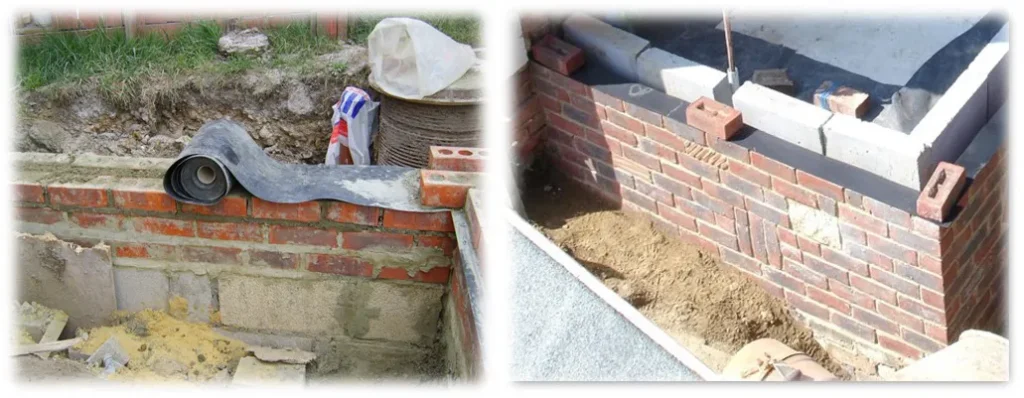
8) Laying and installation
- Cover full thickness of wall
- Base should be clear even and free from projections.
- Side shuttering should be strong
- Concrete surface should be prepared
- Desired material should be laid
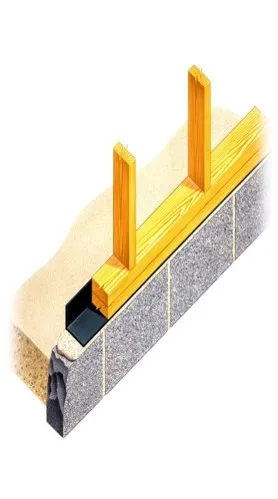
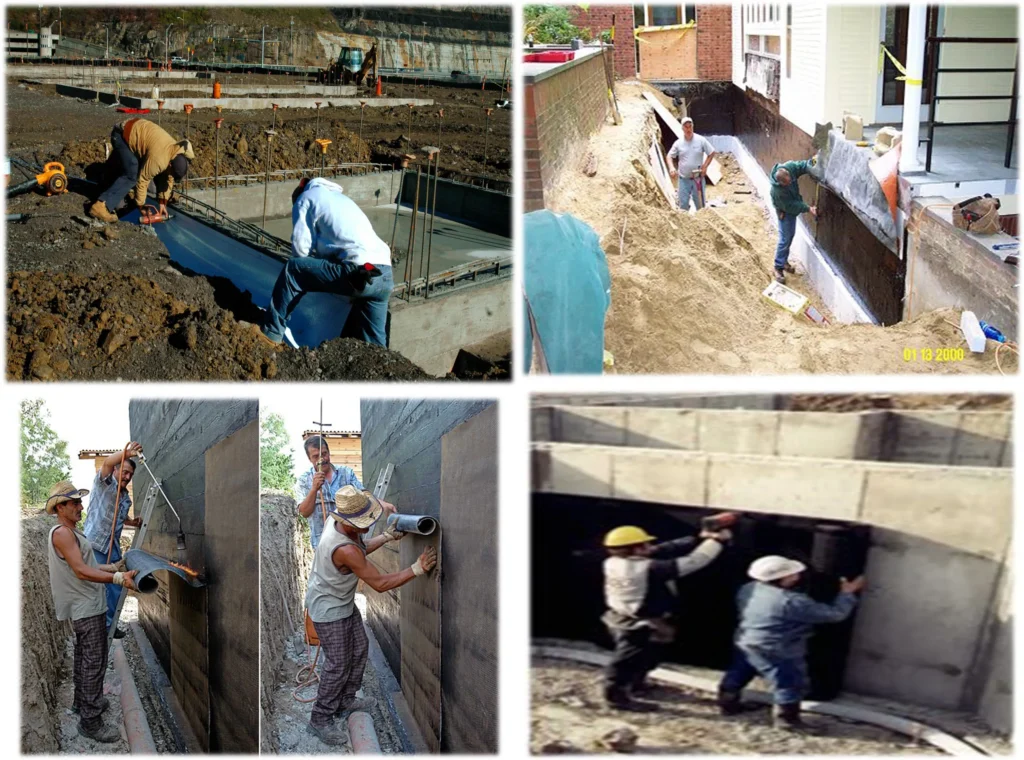
9) Water proofing
Waterproofing, on the other hand, refers to the process of making a structure or object water-resistant, so that it remains protected from the damaging effects of water.
This can be accomplished through various methods, such as the application of waterproof coatings, the use of waterproof membranes, or the installation of drainage systems to redirect water away from the structure.
- Waterproofing products are designed to “prevent” water penetration even under wet conditions such as hydrostatic pressure in the soil after heavy rain storms or spring thaws.

- Aquaseal’s products contain rubber which provides superior waterproofing protection and allows the product to remain flexible even when it dries. This flexibility allows the waterproofing membrane to stretch as the foundation settles and bridge small hairline settlement cracks that can occur in the concrete or block
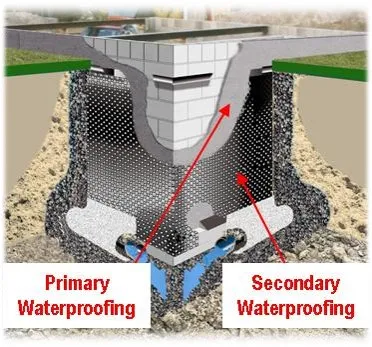
10) Types of water proofing
- Positive face
- Negative face
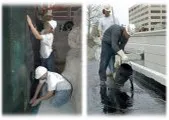
11) Materials
- Acrylic modified cement
- Metal oxide
- Bituminous – Asphalt, Coal tar pitch
- Lead
- bentonite – Panels Sheets

11) Difference DPC and waterproofing
DPC (Damp Proof Course) and waterproofing are two different concepts in building construction, although they are related. Here are the key differences between them:
- Purpose: The purpose of DPC is to prevent the upward movement of moisture from the ground into the walls of a building. On the other hand, the purpose of waterproofing is to make a structure or object water-resistant to prevent water from penetrating and causing damage.
- Location: DPC is typically installed in the walls of a building, at the junction between the foundation and the main walls. Waterproofing, on the other hand, can be applied to various parts of a building, including the roof, walls, foundation, and basement.
- Material: DPC is typically made of a waterproof material, such as plastic or bitumen. Waterproofing, on the other hand, can be achieved through a variety of materials, including waterproof coatings, membranes, and drainage systems.
- Method: DPC is installed as a horizontal layer in the walls of a building. Waterproofing, on the other hand, can be applied through various methods, including the application of coatings, the use of membranes, or the installation of drainage systems.
In conclusion, DPC and waterproofing are two different concepts in building construction that serve different purposes, but they both play a crucial role in protecting a building from moisture damage.
Both DPC and waterproofing are important components of building construction, as they help to protect the structure from damage caused by moisture, which can lead to issues such as mold growth, rot, and deterioration of building materials.